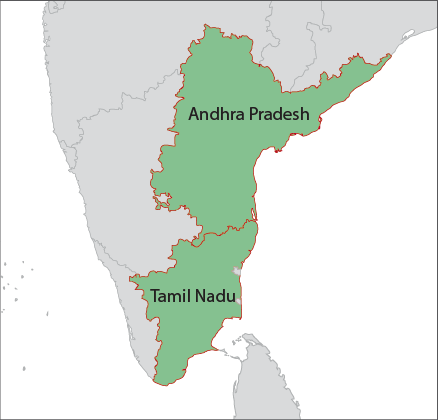


The influence of water stress indices on vegetative growth.STICS expresses the transpiration rate as a function of the available water content (in m 3/m 3 above wilting point), and from this it calculates water stress indices. APSIM uses both approaches, depending on the specific crop and growth process targeted. CROPSYST, DAISY, DSSAT and EPIC calculate water stress on the ratio between actual transpiration (limited by roots and soil characteristics) and potential transpiration (weather-dependent). AQUACROP, CROPWAT and WOFOST use stress coefficients that depend directly on the depletion status of plant available water (difference between field capacity and wilting point). The main variable used to calculate water stress indices.APSIM and CROPSYST calculate both water- and radiation-driven biomass and keep the most limiting of these. DAISY, DSSAT, EPIC, STICS and WOFOST are radiation-driven models (growth is related to radiation). AQUACROP and CROPWAT (both developed by FAO) are water-driven models (growth is directly related to transpiration). Nevertheless, major similarities and differences among the models were found: Model manuals and scientific papers were reviewed to identify differences and similarities in the water stress functions related to crop growth.Ī strict categorization of the model features is inappropriate, since the functions utilized are always at least slightly different and the models may focus on different features of the agroecosystem. They are: APSIM, AQUACROP, CROPSYST, CROPWAT, DAISY, DSSAT, EPIC, STICS and WOFOST. In the present work, some of the most widely used crop models (chosen among those freely available and well documented) were examined in their description of crop water stress processes and irrigation thresholds definition. Among the most widely used crop models, which synthesize current mechanistic knowledge of crop water stress processes, there is a wide range of complexity that is worth exploring in order to improve the formalisms of current hydrological models. Irrigation management decision support systems based on remote sensing and hydrological models need to find a balance between simplicity and accuracy in the definition of crop water stress thresholds when irrigation should be triggered.


 0 kommentar(er)
0 kommentar(er)
